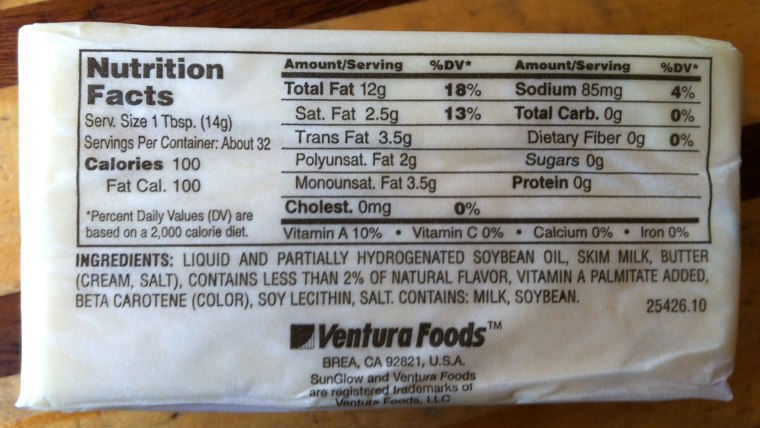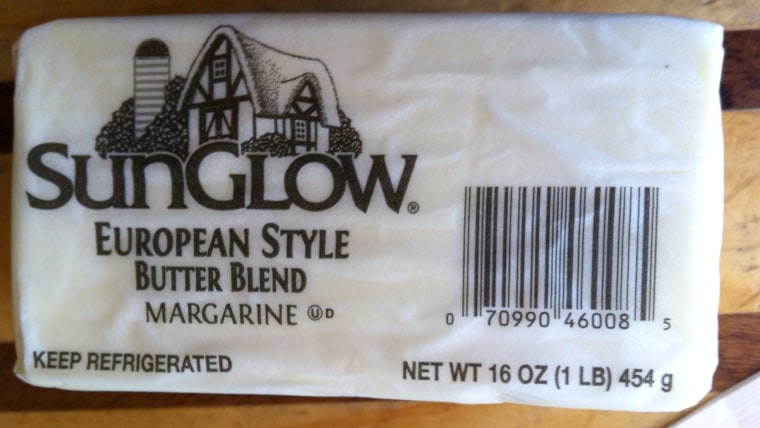
Joe’s Crab Shack advertises that it uses "zero trans fat oil,” but the Center for Science in the Public Interest (CSPI) said Wednesday that not only does the national seafood chain, which includes 130 restaurants, still use the artery-clogging fats, but in alarming amounts.
“It’s simply dishonest. There is lots of trans fats in some of their products,” says Michael Jacobson, executive director of CSPI, a nonprofit food and health advocacy group.
Several dishes on the menu far exceed the American Heart Association’s recommendation of 2 grams of trans fat per day, according to CSPI. The Pasta-laya and Crab Cake Dinner have 14 grams of artificial trans fats in them, which equals a week’s worth of trans fats. The KJ Steampot and Joe’s Great Barrier Steampot both have a whopping 25 grams of trans fat.
“That is an enormous load,” says Jacobson. “If someone eats there frequently it is a real health risk.”
A diet with too many artificial trans fats can wreak havock on heart health. "Trans fats have been shown to raise our lousy LDL cholesterol and lower our healthy HDL cholesterol, so in terms of heart disease they are a double whammy for increasing our risk," explains Kristin Kirkpatrick, manager of wellness nutrition services at Cleveland Clinic in an email. "While some may think 14 or 25 grams of trans fat once a week is no big deal, that's 730-1300 grams per year. While one meal may not result in a heart attack, making it a habit is a recipe for disaster."
In 2007 Joe’s Crab Shack pledged to not use artificial trans fats in its food. CSPI nutritionists discovered that in counties, cities, or states where artificial trans fats were banned, such as Montgomery County, Md., restaurants cook with real butter. Neighboring Prince George’s County doesn’t regulate trans fats and the restaurants there use the artificial trans fats.
“What makes it especially shameful … they know how to market tasty food without trans fat,” Jacobson says.
Officials at Joe's Crab Shack couldn't be reached for comment yet.
The CSPI looked into the seafood chain because the organization hoped to sway the FDA to ban partially hydrogenated oils, which make up trans fats. In November, the FDA published a proposal to eliminate partially hydrogenated oils. According to the FDA, they create a health risk and it estimates that stricter guidelines could prevent about 20,000 heart attacks and 7,000 deaths. Under the proposed guideline, partially hydrogenated oils would no longer be lumped in the unregulated group known as “generally recognized as safe.” The public comment period for this proposal ended in March.
“We’re telling the FDA that there are irresponsible companies that simply won’t stop using [trans fats] and we need tough regulation,” Jacobson says.
